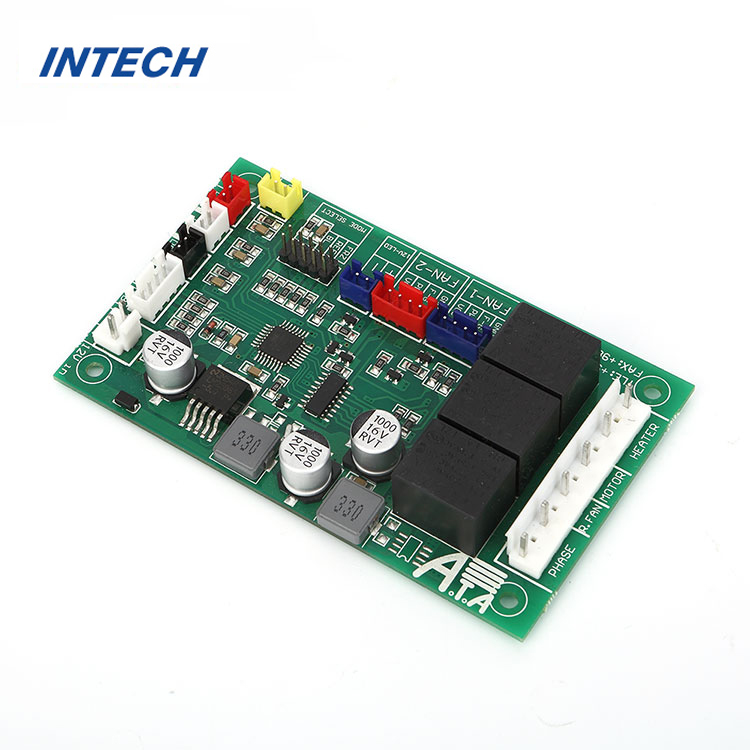How much does pcb assembly cost?
Date:2023-12-25 16:20:59
How much does pcb assembly cost? This comprehensive guide delves into the various factors and considerations that influence the pricing of PCB assembly services. By understanding the elements that contribute to the cost, you will be able to make informed decisions when it comes to assembling PCBs for your projects.
1. Complexity of the PCB Design
The complexity of the PCB design plays a significant role in determining the assembly cost. PCBs with intricate and densely populated designs often require more precision and time to assemble, resulting in higher costs. This complexity can be attributed to factors such as the number of layers, the size and density of components, and the overall intricacy of the circuitry.
2. Quantity of PCBs
The quantity of PCBs needed also impacts the assembly cost. Generally, the more PCBs you order, the lower the unit cost per board. This is because the setup and initial expenses involved in the assembly process can be distributed across a larger quantity, resulting in cost savings. However, it is essential to strike a balance between quantity and demand to avoid unnecessary inventory costs.
3. Components and Materials
The cost of components and materials used in PCB assembly should be taken into account. Advanced or specialized components may have a higher price tag, significantly influencing the overall cost. Additionally, the quality and availability of materials can also impact the assembly cost. It's crucial to strike a balance between quality and cost-effectiveness to meet your project requirements.

4. Assembly Technique and Complexity
The assembly technique and complexity also influence the overall cost. There are various assembly methods, such as surface mount technology (SMT) and through-hole technology (THT), each with its own advantages and cost implications. The complexity of the assembly process, including soldering, automated inspection, and testing requirements, can also impact the overall assembly cost.
5. Manufacturing Location
The location of the PCB assembly manufacturer can affect the cost due to variations in labor and operational expenses. Offshore manufacturing destinations may offer lower assembly costs, but shipping and communication costs should also be considered. On the other hand, local manufacturers may have higher labor costs, but proximity and ease of collaboration can be advantageous.
6. Turnaround Time
The required turnaround time for PCB assembly can impact the cost. Rush orders or projects with tight deadlines often entail additional expenses due to prioritization, increased manpower, and extended working hours. Planning ahead and allowing ample time for assembly can help reduce costs in this aspect.
7. Additional Services
Additional services, such as prototyping, functional testing, conformal coating, and customization, can incur extra costs. These value-added services are essential for ensuring the quality and reliability of the assembled PCBs but should be included in the cost considerations upfront.
In conclusion, determining the cost of PCB assembly involves considering multiple factors such as the complexity of the design, quantity of PCBs, components and materials, assembly technique, manufacturing location, turnaround time, and any additional services required. By carefully evaluating and weighing these factors, you can make informed decisions and find a balance between cost-efficiency and quality for your PCB assembly needs.
